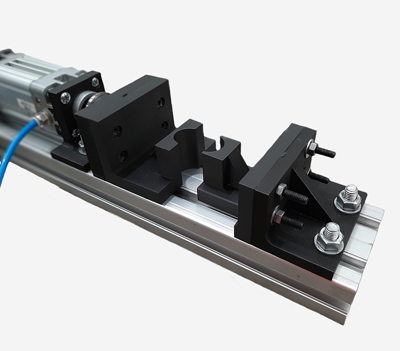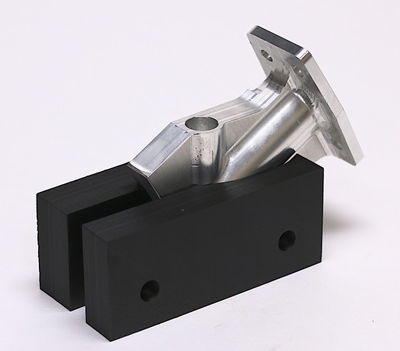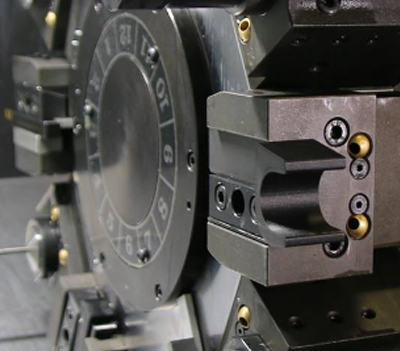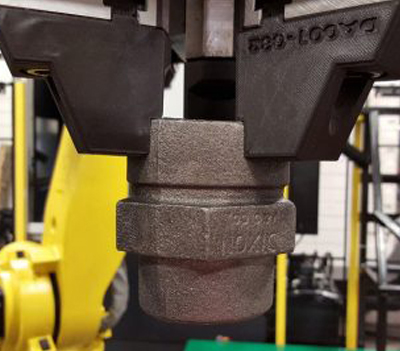3D Printing Technologies
[3 minutes reading time]
What 3D printing technologies are out there?
There are many different technologies, each assigned to a different type of material. Here you will find an explanation of the most important technologies.
Extrusion FFF (Fused Filament Fabrication) Thermoplastic material is heated and extruded, then a cross-section of the model is deposited. This process is repeated layer by layer until it is complete.

CFF (Continuous Filament Fabrication) Printers use a second die to lay continuous filaments of composite fibres in FFF extruded thermoplastics during printing. Strong, stiff parts are achieved by reinforced fibers.

ADAM (Atomic Diffusion Additive Manufacturing) Metal powder is bound with plastic and deposited layer by layer. When it is ready, it is washed to melt the binder and sintered in a furnace to form an isotropic metal part.

Laser-Fusion
SLS (Selective Laser Sintering) A roller sweeps new powder for each new layer, while a laser bonds the material together. The chamber is moved down for the next layer of powder, which is repeated until the part is complete.

SLM / DMLS (Selective Laser Melting / Direct Metal Laser Sintering) Powders are precisely melted to build up a metal part. Layers of metal powder are dispersed or then melted with a laser to fuse powders together.
Light curing
DLP (Direct Light Processing) Photopolymers are cured with light projected from below the resin container. The photopolymers are in liquid form and rise layer by layer from the resin tank.

SLA (Stereolithographie) Photopolymers are selectively cured with a UV laser. The resin is cured to form a cured layer, repeating this process layer by layer until it is complete.

Strength liability Binding agent nozzles Powder is deposited and an adhesion promoter is applied to bind the particles together. No supporting structures are required, i.e. the building board can be equipped with several parts.

Learn more about the applications with the Desktop Series!
How do I design correctly for filament 3D printing? What do users say and where can I find more information? – This is the right place for you! We listed some information leading you directly to the matching answers.




